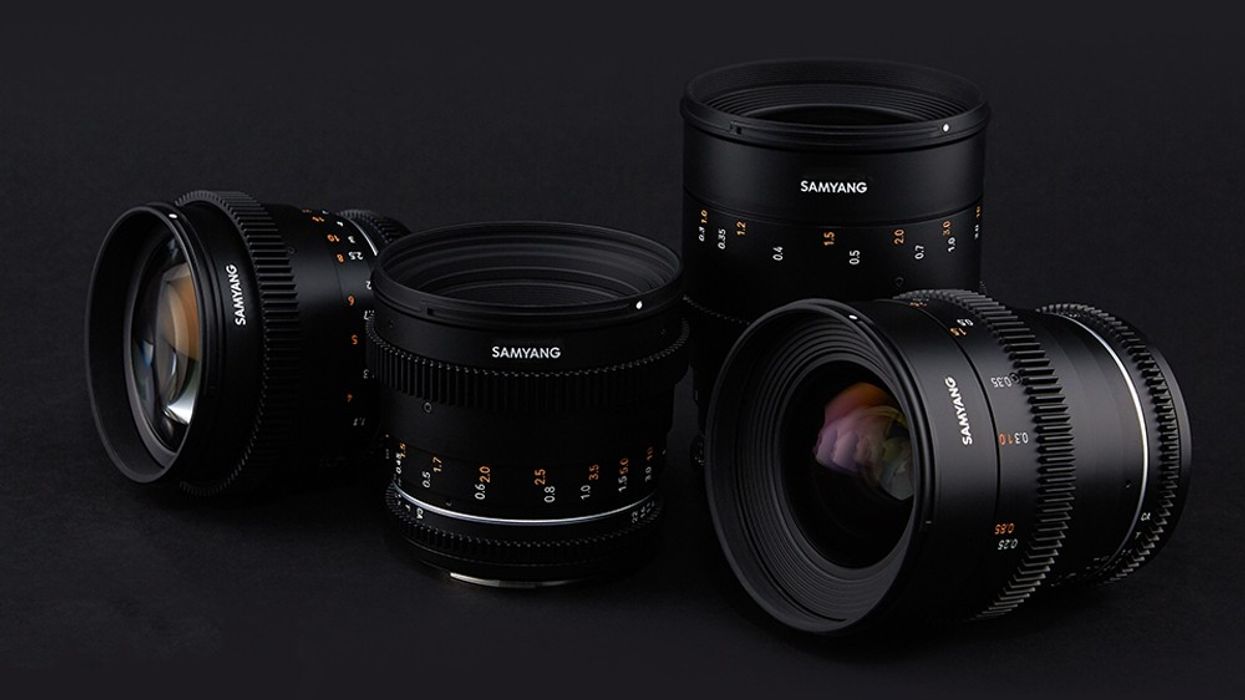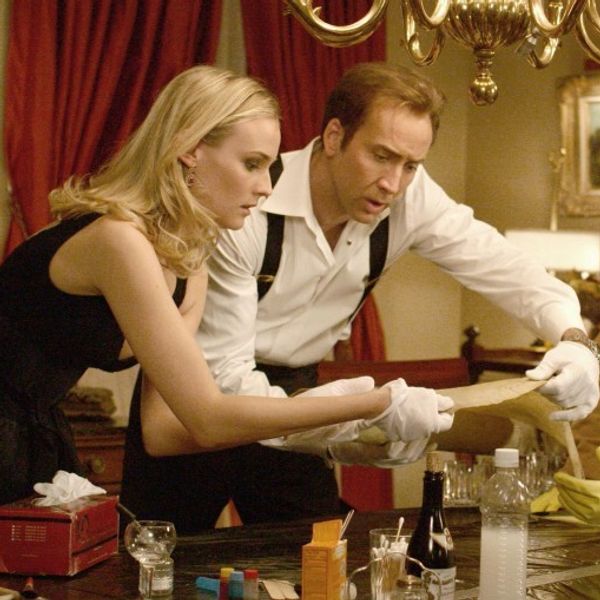Samyang Refreshes Its Affordable Cine Glass with New VDSLR MK2 Lenses
Samyang offers a new version of its VDSLR lenses with better housing and classic cine features.

Samyang, or Rokinon depending on where you live, started out developing cine lenses in part because places like Duclos Lenses offered cine-mods of its popular still lenses. As they became more popular among filmmakers, the company rolled out its flagship XEEN line, and then just this year, updated it with a sleeker XEEN CF series that are 8K compatible in a range of focal lengths from 16mm to 85mm.
Now, the company has come full circle and redesigned its VDSLR line with a sleeker lens in the VDSLR MK2. For Rokinon users, this would be the Cine DS line; the new version is called Cine DSX. What Samyang has done is take everything good about the lens and improved upon it.
The VDSLR MK2 lineup has tighter color matching, better weather sealing, focal lengths written on both sides, and a 9-blade aperture design. Currently available in four focal lengths – 24mm, 35mm, 50mm, and 85mm – the lenses are a fast T1.5 and can cover full-frame (36x24mm). All four lenses have aspherical lens elements to reduce spherical and optical aberration and the 50mm has a hybrid aspherical lens element that maintains its size without sacrificing image quality.
Each lens has de-clicked aperture and focus rings with standard 0.8 mod gears that are placed consistently throughout the series. This will make changing accessories much faster. The 130° throw is somewhat shorter when comparing it to the Sigma FF High Speed Primes at 180°, but it should still provide enough throw for smooth focus that better than still lenses.
The weather sealing on the VDSLR MK2 series prevents dust, light rain, and even snow from penetrating the lens mount. Each lens is fully compatible with seven camera mounts including Sony E, Canon RF, and Fujifilm X and has a black matte finish.
The lenses will be available in October 2020. No word on pricing, but they should cost around $500 per focal length. You can also expect a 14mm T3.1 by the first quarter of 2021.
















